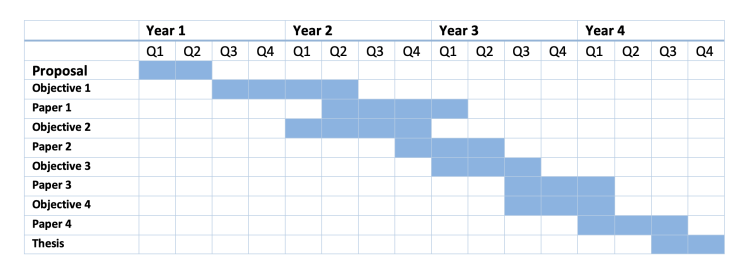Mariken
de Wit

Project
Tags
Promotor
Mart de Jong
Primary supervisor
Quirine ten Bosch
Institute
WUR
Description PhD project
Emergence of mosquito-borne diseases critically depends on the presence, abundance, and interplay between hosts, vectors, and pathogens. The Netherlands is an interesting region for mosquito-borne disease outbreak with its many travel connections, presence of water bodies, high density population areas, intensive farming and a variety of ecosystems. This leads to many potential interactions between different hosts, vectors, and pathogens, both established and newly imported ones. The risk of an outbreak is dependent on where, when, how frequently and between whom these interactions take place. Within the OH-PACT project, a lot of data will be collected on hosts, vectors, and pathogens. This project aims to bring these different data streams together to understand previous arbovirus outbreaks (R0, spatial spread, speed of transmission), predict the risk of future ones (importation and subsequent spread, R0, spatial and temporal patterns) and provide guidance on potential mitigation strategies (effect of interventions and sampling strategy).
Research questions / objectives
- To reconstruct previous Usutu virus outbreaks in the Netherlands
- To build a spatiodynamic transmission model to simulate potential arbovirus emergence and spread in the Netherlands
- To quantify the risk of urban transmission cycles for different arboviruses in large urban areas across the world
- To determine the optimal surveillance and intervention strategies to reduce the risk of arbovirus disease outbreaks in the Netherlands
Timeline

Tags matching with the contents of track 9
Methods
-
Epidemiological modelling: I will build transmission models using collected data to predict spread (R0), speed and final size of potential outbreaks
Topics
-
Vector
- Vector abundance: I will include this in my models for all objectives. It will be used for spatial predictions
- Vector movement patterns, migration: I will include this in my models for all objectives. It plays a role in importation risk of mosquitoes and viruses.
- Vector movement patterns, dispersal: I will include this in my models for all objectives. It provides info about potential spatial spread.
- Habitat suitability: I will use this implicitly to understand the risk of new species getting established in NL.
- Vector immune response: This will be included in models if it affects transmission probability from vector to host and duration of infectiousness.
- Vector susceptibility: This will be included in models as transmission probability from host to vector.
- Vector host-preference: This will be incorporated into models as host-specific biting rates.
- Vector competence: This will be included as part of the transmission probability from vector to host.
Host
- Host abundance: I will include this in my models for all objectives. It will be used for spatial predictions
- Host movement patterns: I will include this in my models for all objectives. It plays a role in importation risk and spatial spread of viruses.
- Host immune response: This will be included in models if it affects transmission probability from host to vector and duration of infectiousness.
- Host susceptibility: This will be included in models as transmission probability from vector to host.
- Host Seroprevalence: This can be used to fit model predictions to observed data or validate predictions.
Environmental
- Climate: Many transmission rate parameters are dependent on climate factors such as temperature and humidity.
Virus
- Virus-mosquito interaction: I will include this if an infection affects mosquito parameters such as mortality rate, movement
- Virus-host interaction: I will include this if an infection affects host parameters such as mortality rate, movement
- Improved surveillance (response surveillance): For my 4th objectives I aim to develop an improved sampling/surveillance strategy based on outputs from the model in obj 2.
Species
-
Species
- Human: Will be included as a potential host in all models
- Bird: Will be included as a potential host when it’s part of a particular transmission cycle
- Mosquito: Will be included as a vector in all models
- Domestic animal: Will be included as a potential host when it’s part of a particular transmission cycle
- Wild mammal: Will be included as a potential host when it’s part of a particular transmission cycle
Virus
-
Virus
-
Virus (general): All my objectives focus on arboviruses.
-
West Nile virus: I will focus on WNV for obj 2 and 4. I will assess the risk of WNV emerging in NL.
-
Usutu Virus: I will focus on Usutu for obj 1 where I reconstruct outbreaks of the previous years in NL.
-
Japanese Encephalitis Virus: I might use JEV for obj 3 to look at the risk of it developing urban transmission cycles. I might also study JEV to assess the risk of it emerging in NL.
-
Mayaro Virus: I might use Mayaro virus for obj 3 to look at the risk of it developing urban transmission cycles. I might also study Mayaro to assess the risk of it emerging in NL.
-
Rift Valley Fever Virus: I might use RVFV for obj 3 to look at the risk of it developing urban transmission cycles. I might also study RVFV to assess the risk of it emerging in NL.
-